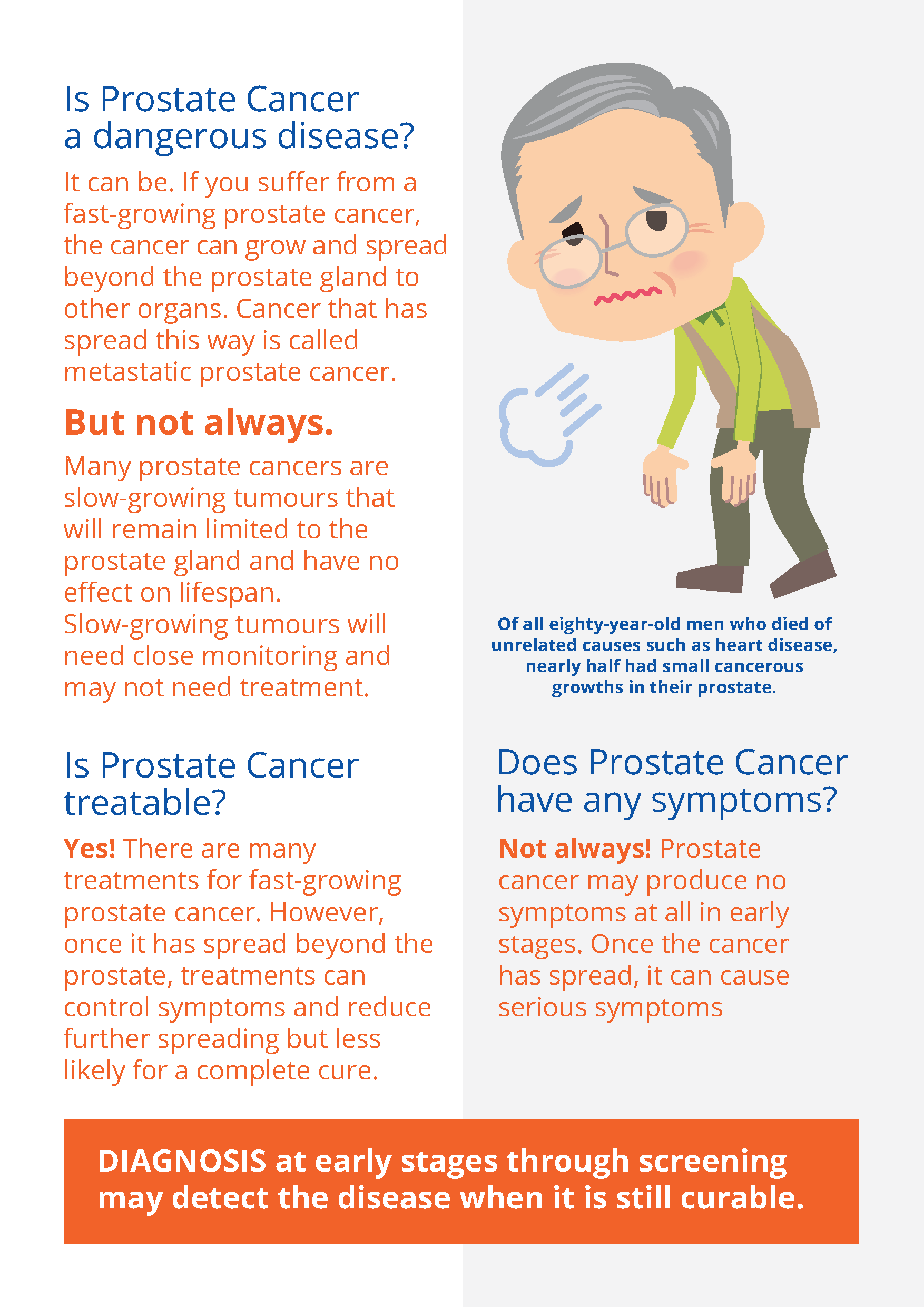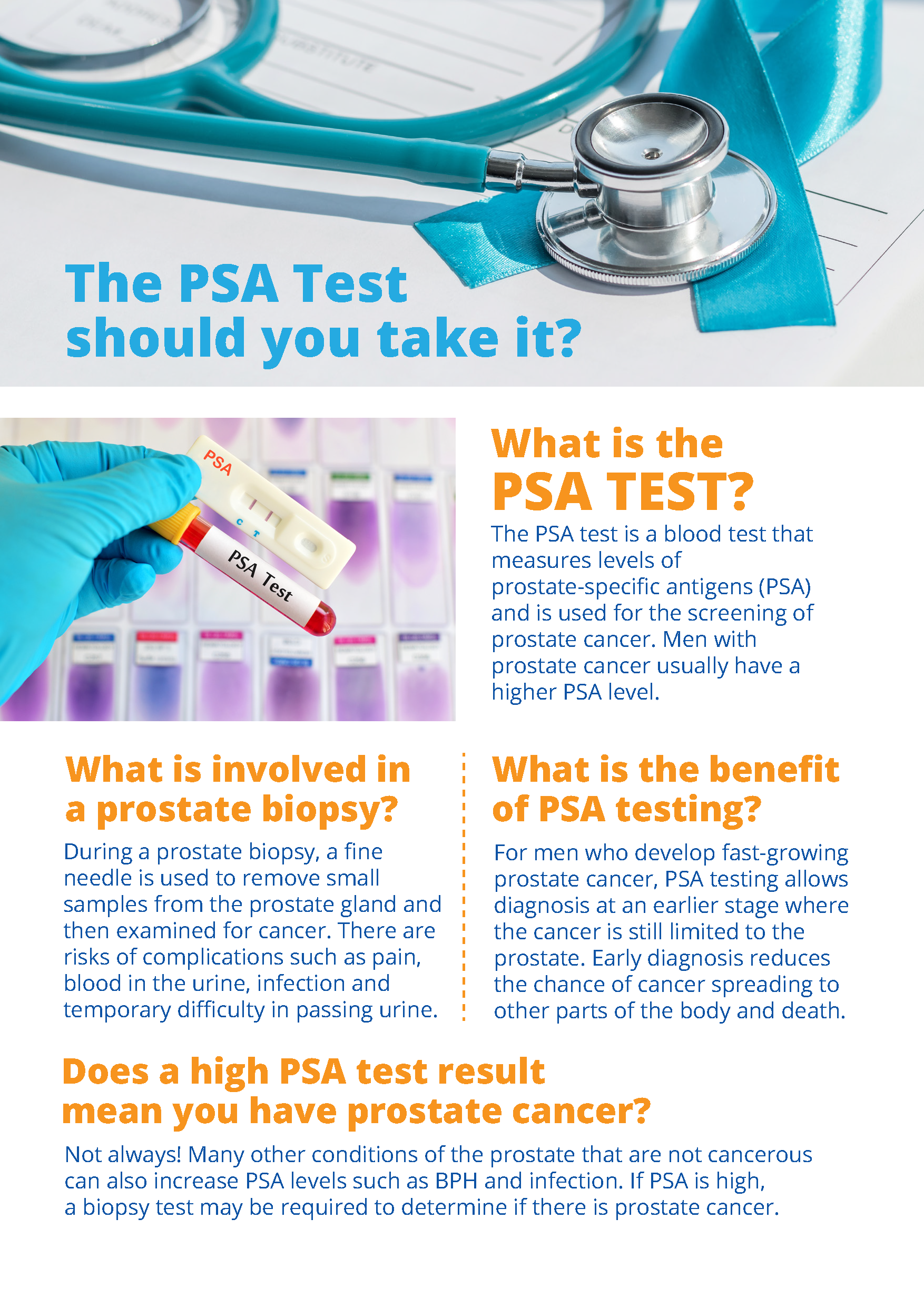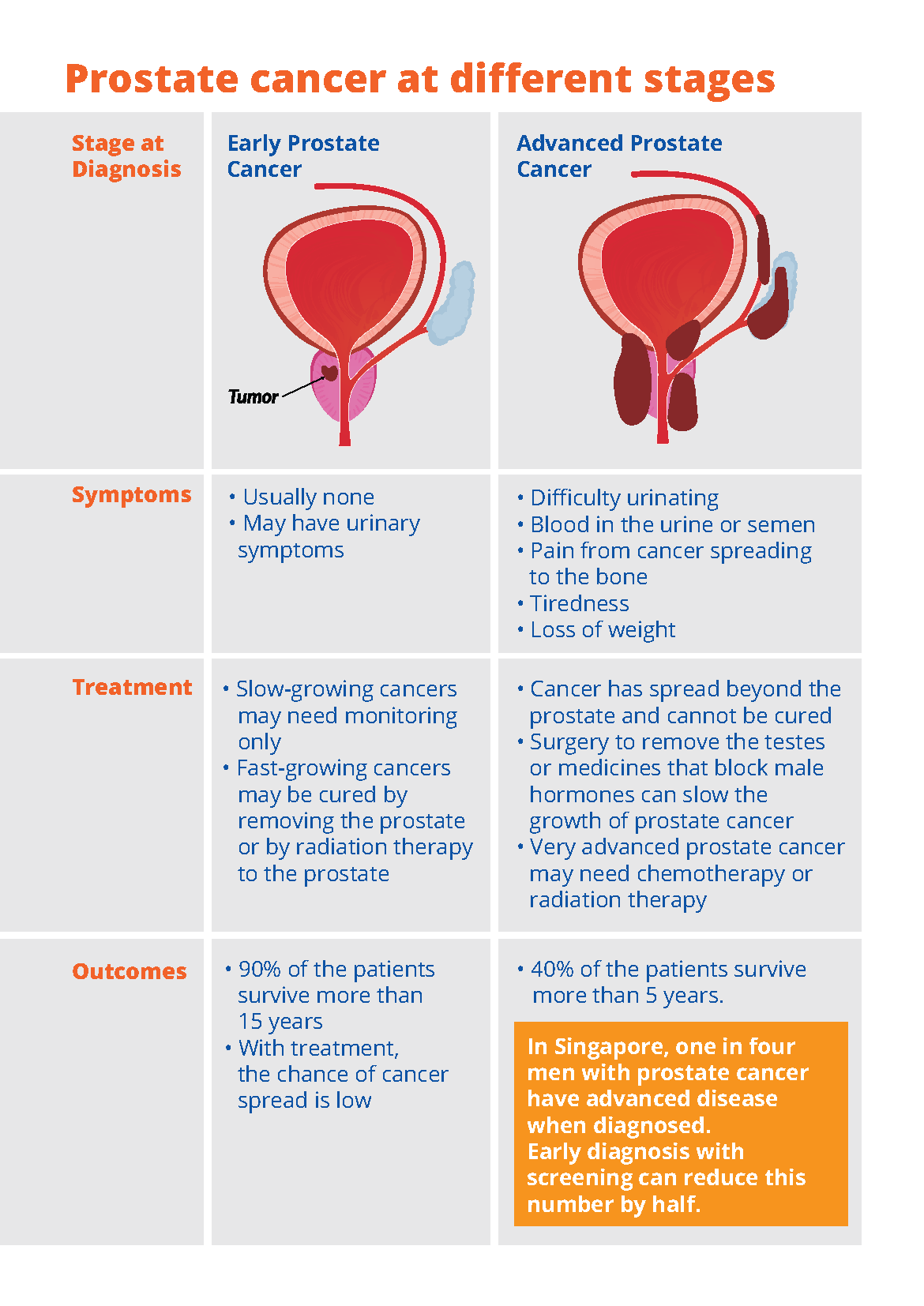How To Get Tested For Prostate Cancer: What You Need To Know Now
Detail Author:
- Name : Green Goldner
- Username : aletha89
- Email : nedra.thompson@hotmail.com
- Birthdate : 1989-01-12
- Address : 7565 Hand Drives Suite 098 Carolside, RI 09129-6955
- Phone : 248.519.1459
- Company : Bode LLC
- Job : Interviewer
- Bio : Odio ullam maxime laudantium animi. Ex aut esse nam. Suscipit nostrum nam voluptatem fugiat. Ex quae necessitatibus aut consequatur molestiae. Fuga aut et est esse. Eveniet sed nihil dolorem sunt.
Socials
instagram:
- url : https://instagram.com/stefan3079
- username : stefan3079
- bio : Quia impedit omnis officia hic. In aspernatur numquam maxime atque dicta.
- followers : 650
- following : 2085
linkedin:
- url : https://linkedin.com/in/snitzsche
- username : snitzsche
- bio : Cum eum et dolorem nihil.
- followers : 4082
- following : 2499
Learning about prostate cancer testing is a really good step for your well-being. It's something many men wonder about, and knowing what to expect can make a big difference. This guide will walk you through the simple steps involved in getting tested, helping you feel more prepared and in control of your health.
Prostate cancer is a common health concern for men, especially as they get older. Finding it early, when it's still small and hasn't spread, can mean better chances for successful treatment. So, understanding how to get tested for prostate cancer is, you know, pretty important for a lot of people.
Many people have questions about these tests, like when to start, what they involve, or what the results actually mean. We'll break down the key parts of getting checked, making it clear and easy to follow. It's really about giving you the information you need to have a good chat with your doctor, so you can make choices that are right for you, that's for sure.
Table of Contents
- Who Should Consider Testing for Prostate Cancer?
- Main Ways to Get Tested for Prostate Cancer
- What Happens After Testing?
- Making Informed Choices About Testing
- Frequently Asked Questions About Prostate Cancer Testing
Who Should Consider Testing for Prostate Cancer?
Deciding when to start thinking about prostate cancer testing is a personal choice. It usually involves looking at your age and any other things that might raise your chances of getting it. Your doctor is, you know, the best person to talk to about this.
Age and Other Risk Factors
Most health groups suggest that men start discussing prostate cancer testing with their doctor around age 50. However, for some men, it might be a good idea to start earlier. For example, if you have a father or brother who had prostate cancer before age 65, your risk is, arguably, higher.
African American men also face a higher risk and might need to start these conversations around age 40 or 45. Having a close relative who had prostate cancer at a young age means you should talk to your doctor sooner, too. It's almost like if a system already has a count for a given character, it returns it; your body's history gives clues, in a way.
It's important to remember that having a risk factor doesn't mean you will get cancer. It just means you should be more aware and have a chat with your doctor. They can help you figure out what's right for your situation, that's for sure.
Talking to Your Doctor
A good talk with your doctor is key before any testing starts. You should discuss your personal risk factors, like your family health history and your ethnic background. You can also talk about your general health and what matters most to you. This discussion helps you and your doctor decide if testing is, you know, the right path for you right now.
Your doctor can explain the pros and cons of testing. For instance, they can tell you about potential false positives or false negatives. They can also explain what happens if a test shows something that needs more checking. It's a bit like trying to get exceptions' messages from parts of a standard library; you need the right information to understand what's going on, basically.
This conversation should cover what the tests are, what they can tell you, and what they can't. It's a chance to ask all your questions, so you feel comfortable with any decisions made. You want to feel, like, you have all the facts, anyway.
Main Ways to Get Tested for Prostate Cancer
There are two main ways doctors check for signs of prostate cancer. These tests are often done together. They are pretty simple procedures, and they help your doctor get a clearer picture of your prostate health, you know.
The PSA Blood Test
The PSA test is a blood test that measures the level of prostate-specific antigen (PSA) in your blood. PSA is a protein made by the prostate gland. Higher levels of PSA can sometimes point to prostate cancer. However, other things can also raise PSA levels, like an enlarged prostate or an infection. So, a high PSA doesn't always mean cancer, that's for sure.
Getting a PSA test is just like getting any other blood test. A nurse or technician will take a small blood sample from your arm. The sample is then sent to a lab for analysis. It's a very common test, and it's relatively quick. For many people, this is the first step in understanding how to get tested for prostate cancer.
It's important to talk to your doctor about what your PSA level means for you. They will look at your age, your health history, and how your PSA level changes over time. A single high number doesn't tell the whole story, so it's good to discuss it thoroughly, you know.
The DRE Exam
The DRE, or digital rectal exam, is another way doctors check the prostate. During this exam, your doctor will gently insert a gloved, lubricated finger into your rectum to feel your prostate gland. They are checking for any unusual bumps, hard spots, or changes in the size or shape of the prostate. This exam is, arguably, quick and can provide direct information about the prostate's physical state.
While it might sound a bit uncomfortable, the DRE is usually very quick and causes little discomfort. It's a simple way for your doctor to physically check the gland. Some men find it a little awkward, but it's a routine part of a full physical for many. It's a bit like trying to list all the files in a directory as well as subfolders using a command prompt command; you're trying to get a complete picture of the area, you know.
The DRE and PSA test often work together. The PSA test can show if there's a chemical change, while the DRE can show if there's a physical change. Together, they give your doctor more information to think about. Your doctor will explain everything before the exam, so you know what to expect, anyway.
What Happens After Testing?
Once you've had your PSA blood test and possibly a DRE, you'll wait for the results. This waiting time can feel a bit long, but your doctor will reach out to discuss what the tests show. Understanding these results and what might come next is a very important part of the process, that's for sure.
Understanding Your Results
Your doctor will explain what your PSA level means and what they felt during the DRE. A normal PSA level can vary, depending on your age and other factors. If your PSA is high or if your doctor felt something unusual during the DRE, it doesn't automatically mean you have cancer. It just means more investigation might be needed, you know.
Many things can cause a high PSA, as we mentioned earlier. Your doctor will look at all the information together: your test results, your risk factors, and your overall health. They are, in a way, trying to get the value of a specific object property without knowing the class behind it; they are trying to understand the full picture of your health from various data points, so.
Sometimes, if the results are borderline, your doctor might suggest a "watchful waiting" approach. This means they will keep an eye on your PSA levels over time. They might ask you to repeat the test in a few months to see if there's a trend. This approach is often taken when there's no immediate concern, but they want to be careful, anyway.
Next Steps if Tests Show Something
If your PSA is significantly high, or if the DRE shows a suspicious area, your doctor will likely suggest further tests. This could include a prostate biopsy. A biopsy involves taking small tissue samples from the prostate gland to look for cancer cells under a microscope. This is the only way to confirm if cancer is present, you know.
Other tests might include an MRI of the prostate, which gives detailed pictures of the gland. This can help guide a biopsy if one is needed. Your doctor will explain why they recommend certain tests and what each one involves. They will make sure you understand every step, basically.
If cancer is found, your doctor will discuss treatment options with you. These options depend on the type of cancer, how aggressive it is, and whether it has spread. You will have a team of health professionals to guide you through this. It's a bit like getting a shell into a container for debugging; you're getting a closer look to understand what's happening and how to address it, so.
Making Informed Choices About Testing
The decision to get tested for prostate cancer is a very personal one. There are good reasons to get tested, like finding cancer early when it's easier to treat. But there are also potential downsides, such as false alarms or finding slow-growing cancers that might not need treatment. It's a balance, you know.
Having an open and honest conversation with your doctor is, like, the most important part. Discuss your values, your fears, and what you hope to gain from testing. Your doctor can give you the facts, but the choice is ultimately yours. This discussion should happen before any testing begins, so you are fully informed, anyway.
You can find more information about prostate cancer screening guidelines from reputable health organizations. These resources can give you a broader view of the current recommendations. Remember, guidelines can change as new research comes out, so staying informed is a good idea, that's for sure.
We believe that understanding how to get tested for prostate cancer helps you take charge of your health. Learn more about prostate health on our site. And for more specific details about the types of tests, link to this page here.
Frequently Asked Questions About Prostate Cancer Testing
Many people have similar questions about prostate cancer testing. Here are some common ones, with simple answers, basically.
What is the best age to start prostate cancer screening?
Most health groups suggest men start talking to their doctor about prostate cancer screening around age 50. If you have a family history of prostate cancer, especially in a father or brother, or if you are African American, you might need to start these conversations earlier, perhaps around age 40 or 45. It's really about your personal risk, so.
What are the risks of prostate cancer screening?
The main risks include false positive results, which can lead to more tests and anxiety, even if you don't have cancer. There's also the risk of finding a slow-growing cancer that might never cause problems. This can lead to overtreatment, which has its own side effects. Your doctor can explain these in more detail, you know.
Is the PSA test accurate for detecting prostate cancer?
The PSA test is a helpful tool, but it's not perfect. It can show high levels for reasons other than cancer, like an enlarged prostate or an infection. It can also miss some cancers. That's why it's often used with a DRE and why your doctor looks at your overall health picture. It's, like, one piece of a bigger puzzle, anyway.

Should I Be Tested For Prostate Cancer?

Should I Be Tested For Prostate Cancer?

Should I Be Tested For Prostate Cancer?